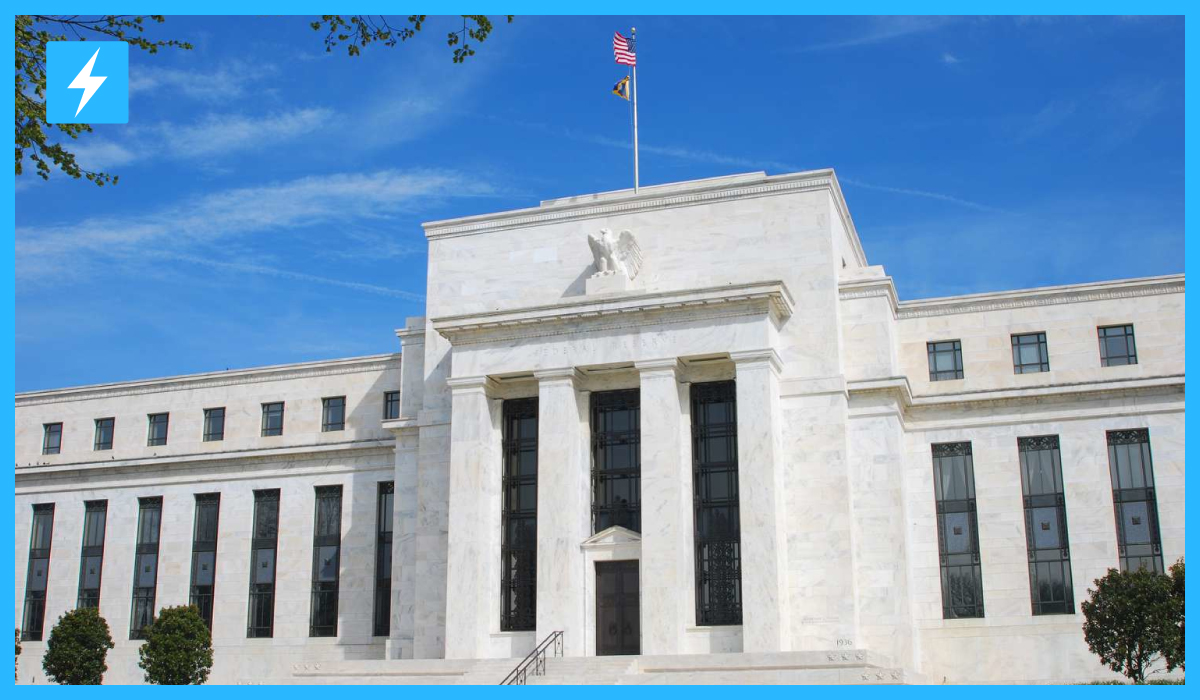They present new revenue to Washington, fairer trade terms, and what is most important to the voting public multitudes of new U.S. factory jobs. “I have always thought ‘tariffs’ to be the best word in the dictionary, Donald Trump told supporters as he returned to the White House in January. “They are going to make us rich as hell and bring back the companies which left us. The audience roared. But many economists are not so sure.
Trump Tariffs and American Factory Jobs: Sweeping Fix or Blunt Instrument?
Targeted tariffs do help a strategic industry to stay viable (think of semiconductors or steel which is key for defense). As for broad based country wide duties which are put in place to reduce trade deficits that is a different issue says Erin McLaughlin, senior economist at the Conference Board.
She puts forth that these large scale measures are not a recipe for strong and sustained growth. In practice what we see is the admin using tariffs more as haggling chips than as a long term policy. The rate on Chinese imports for example came out at a very tough 145% at the start of the year only to see that rolled back to 30% during a 90 day negotiate break. What business leader is willing to put in billions into a new plant when the playing field keeps changing?
Trump Tariffs and American Factory Jobs: Are Factories “Roaring Back”?

Census reports that private manufacturing construction fell 0.6% in April after a 0.9% drop in March. Jeff Bischoff at industrial builder Gray reports that we are all in a state of wait and see you don’t go ahead with a billion project when you don’t know input costs will go for the next 6 months.
A few large scale cancelations which may be put on hold. International Recycling Group put a planned $300 million plastics sorting plant in Erie, Pa. on hold which they attribute to “substantial increase in development costs” which in turn was due to tariffs. Also while many companies are interested in diversifying away from China they usually find a cheaper out when they shift final assembly to Mexico or Vietnam rather than take on the U.S. land, labor, and regulatory issues.
Trump Tariffs and American Factory Jobs: Automation vs. Hiring Sprees
Let’s say some producers going onshore. May not see a large scale job creation from that. U.S. labor is expensive and we also see many imported parts which have become cost prohibitive so manufacturers will get as much out of advanced robotics and out of AI driven logistics as they can. McLaughlin reports we will see more investment in high tech fields like chip fabrication, but reports also that “the modern U.S. factory is probably not what the political imagination pictures. We may get a very fancy wafer plant which employs a few hundred people instead of thousands.
If the goal is for millions of new blue-collar jobs we just don’t see that playing out based on history. Well into the future what we are seeing is a moderate growth at best in factory payrolls and for the sector to return to what it was at the end of the 1970’s we are looking at almost 3 trillion in new investment which would have to be sustained for many, many years.
Trump Tariffs and American Factory Jobs: Sticker Shock for Shoppers
Even the White House reports that tariffs translate to higher prices. “We may see that kids will have two dolls instead of a set of thirty, and that those two may go up in price by a few cents” which is what I said at the April 30 cabinet meeting. Also the price increases are not limited to toys. The New York Fed reports that out of companies which are dealing with increased costs from duties which are passed on to consumers which is true for about 3/4 of them also over half of which see that happen within a single month. Also large retailers like Walmart have put out word that we will see price increases this summer.
Federal Reserve Chair Jerome Powell reports we are to see a great deal of inflation in the coming months. The Congressional Budget Office reports that the tariff program will reduce federal deficits by $2.8 trillion over a decade but at the same time will see a 0.6% dip in total economic output and a 0.4% increase in inflation in 2025 and 2026. Also at the same time Yale’s Budget Lab reports we will see right away a 1.5% rise in consumer prices which is the same as $2,000 a year out of the average household budget. In the short run we may see apparel and footwear go up 28-33%; new vehicle prices almost 12%.
Trump Tariffs and American Factory Jobs: Recession Roulette Wheel
Financial market predictors had a small cause for celebration in May when Washington and Beijing agreed to table the most severe of the duties for three months. Oxford Economics which had had 50% chance of a 2025 recession has reduced that to 35%; Goldman Sachs which had it at 30%. That said the risk is still higher than it was in April with the tariff war at its peak.
Trump Tariffs and American Factory Jobs: Costly Path to Selective Gains
You may see more manufacturing, which in turn will come at a very high price higher consumer costs, loss of export markets, and a continued tax payer subsidy for capital outlays.
Bottom Line: Trump Tariffs and American Factory Jobs
Tariffs are indeed a tool of choice which may support some industries, which also may be used against what we define as bad trade practices from certain partners, or can create short term political results. But by in large per the current economic research, that is not the solution for the issues of the mid-20th century’s manufacturing collapse. The Trump admin may get a few press wins, but a large scale industrial renaissance’ with millions of middle class jobs brought back and without raising consumer costs? That looks far off. In the words of Qian it is hard to see that American manufacturing and American workers come out better from this than worse.
References
- The Conference Board. “US Tariff Plan Would Cut GDP Growth, Swell Inflation,” February 4, 2025. conference-board.org
- Liberty Street Economics, Federal Reserve Bank of New York. “Are Businesses Absorbing the Tariffs or Passing Them On to Their Customers?” June 2025. libertystreeteconomics.newyorkfed.org
- Congressional Budget Office. “Budgetary and Economic Effects of Increases in Tariffs Implemented in 2025,” June 2025. cbo.gov
- Yale Budget Lab. “State of U.S. Tariffs: June 1, 2025,” June 2025. budgetlab.yale.edu
Are you want financial tips, Visit: TradingViews
Visit for latest news: WhyTreands





One thought on “Trump Tariffs and American Factory Jobs: Can Tariff Policy Reverse the Manufacturing Decline?”